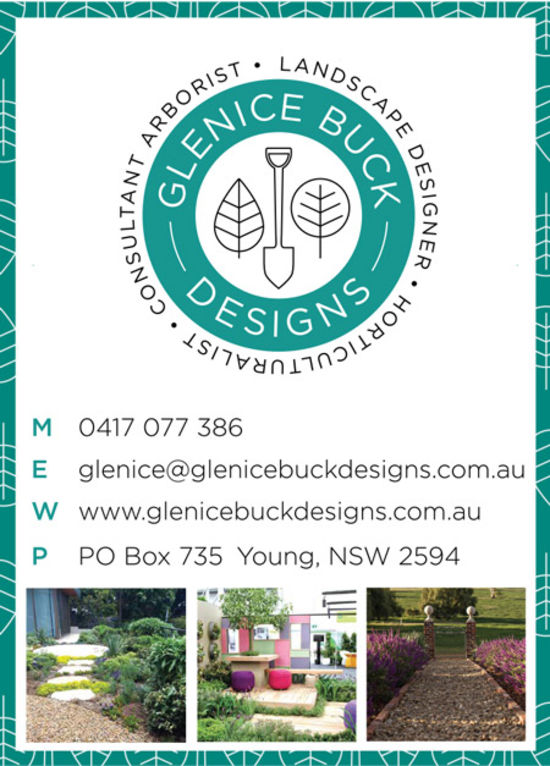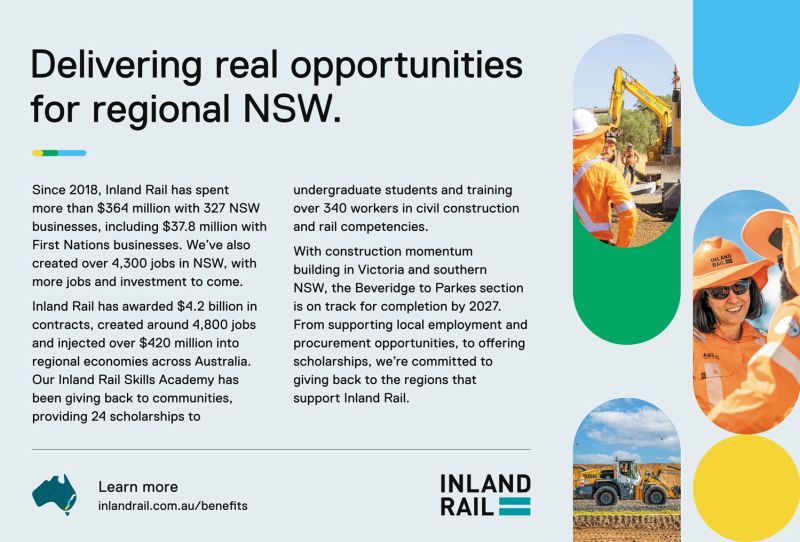Welcome to my garden design series – this series will unfold in coming weeks with information about different aspects of designing a garden from my perspective as a landscape designer.
Whether you are designing your space or working with a professional landscape designer, these tips will be practical hints that you can use as a guideline when you are creating your outdoor space. It will be a garden design tip that you can take into consideration or use when you are designing the total layout of your outdoor space or even just one section of your garden. These are elements I always consider when designing a garden. Even if you are working with a professional garden designer, they will help you as the client to look at your garden from a different angle with the aim of creating a garden that is functional, liveable and beautiful.
After the first landscape consultation, for me to be able to design a garden for the client, I need to be able to have a firm idea or understanding of these three main elements. They are:
- The needs of the garden – what requirements does it need to fulfil
- The overall style of the garden – what style does the client like
- The plants that need to be included or excluded in the planting palette.
If I don’t have an understanding of these three items, then I will struggle to design a landscape concept for the garden that the client wants. So, the way I go about getting answers for these elements is to ask a lot of questions, which to be honest, sometimes the clients find a bit strange as they sometimes think that I am there to enforce my design on them with no consideration of their needs. This in my mind is a waste of time as I want to create useable, practical and beautiful gardens for clients which they will enjoy and be able to sustain in the long term.
Let’s be honest, some designers do have a set design style and almost a template they use on every garden but from my first-hand experience, gardens that are designed this way rarely stand the test of time, end up not succeeding in giving clients what they want and usually end up being modified to suit the site and client’s needs.
From my twenty plus years working as a designer, the gardens that stand the test of time are those that work with the clients wants and needs. The landscape designer works as the guide through the process to ensure the needs are met in the most aesthetically pleasing way. The designer does have to be able to weed out any of the possible ideas that won’t work, they need to gently direct the client in the correct direction so that the finished garden will work as a total cohesive space.
First question – What are the needs of the garden?
To work out the needs of the garden, I ask the client a few questions to guide me in the right direction of what the needs are – they can be tricky to answer but the aim is to try and get some practical idea of what requirements the garden has to fulfil.
What do you require from the garden space? For example, do you want to be able to screen out neighbours or give privacy to an area? Do you want to keep the planting low or to the sides so the views are enhanced and framed. When will you be outside? For example, if you work long hours, you are more likely to use the garden after hours– so lighting is important. You might only use it on weekends or maybe you have time to eat breakfast outside before you head to work.
Who will be using the garden? For example, do you have kids who want to kick a ball around? Then you might need an open grass area or maybe the kids want to have a play equipment area. Do you want an entertaining area? Then ideally some type of level paved area might be required. Would you like to grow an edible garden? Then a veggie patch and herb garden might need to be included.
How much time do you have to maintain the garden? There is no such thing as a no maintenance garden, I wish! The amount of time a client has to maintain the garden and/or budget to employ a garden management company to maintain the garden is a very important fact to know. Some clients really enjoy pottering around in the garden in their spare time, others don’t, so this timing factor will influence the overall type of plants specified, the garden design style and possibly even the materials I choose to use in the garden.
These questions really can give me an insight into a client’s lifestyle and what they do now – not so much what they want (the wants of a garden are the easier things to work out, for example including a pool in the garden or a water feature). From these questions, you can work out what the needs of the garden are.
Try to ask yourself these questions before you start designing your garden. Next week we will discuss garden design style.
If you have any areas of gardening you would like me to focus on in upcoming articles, please let me know. If you would like to subscribe to my free Garden newsletter, you can subscribe here www.tinyletter.com/glenicebuckdesigns or email glenice@glenicebuckdesigns.com.au or phone or text me on 0417 077 386.
Stay Connected
Subscribe
Get in Contact
Hilltops News to your inbox
Sign up now for the latest news from the Hilltops Area direct to your inbox.



